River Birch Lumber
- July 27, 2023
- 0 comment
River Birch (Betula nigra) lumber is highly favored in the woodworking community for its exceptional characteristics. Its distinctive appearance, characterized by reddish-brown to light brown hues with streaks of pink and dark brown, adds a touch of natural elegance to any project. The wood’s fine and even texture, coupled with a straight grain pattern and occasional curly or wavy figuring, further enhances its visual appeal.
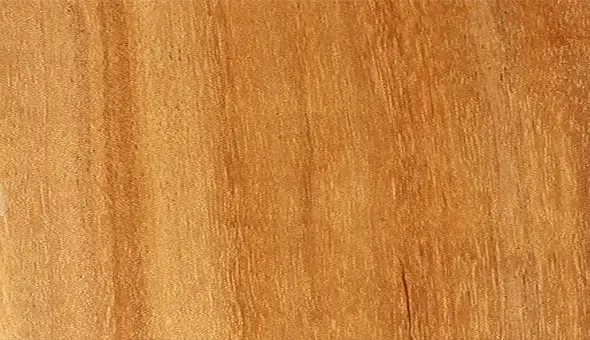
This hardwood boasts excellent durability and natural resistance to decay, making it suitable for both indoor and outdoor applications without the need for chemical treatments. River Birch is easy to work with, responding well to hand and machine tools, and it can be skillfully crafted into furniture, cabinetry, flooring, plywood, veneer, and turned objects.
When considering River Birch lumber, it’s essential to take note of its technical properties as well. With an average dried weight of 34 lbs./ft3 and a specific gravity of 0.55, the wood strikes a balance between being lightweight and strong. It has a Janka hardness rating of 1,260 lbf, indicating its ability to withstand wear and impact.
| Category | Information |
|---|---|
| Common Name(s) | River Birch |
| Scientific Name | Betula nigra |
| Distribution | Native to Eastern and Central United States |
| Tree Size | 40-70 feet in height, 1-2 feet in diameter |
| Average Dried Weight | 34 lbs/ft3 (545 kg/m3) |
| Specific Gravity | 0.55 |
| Janka Hardness | 1,260 lbf (5,600 N) |
| Modulus of Rupture | 14,800 lbf/in2 (102.1 MPa) |
| Elastic Modulus | 1,900,000 lbf/in2 (13.1 GPa) |
| Crushing Strength | 7,670 lbf/in2 (52.9 MPa) |
| Shrinkage | Radial: 4.6%, Tangential: 7.8%, Volumetric: 12.7% |
Characteristics
Color/Appearance
River Birch lumber boasts a captivating range of colors, ranging from beautiful reddish-brown to lighter brown shades, often accentuated by delightful streaks of pink and dark brown. This natural variation contributes to the wood’s charm and makes each piece unique. Woodworkers appreciate the fine and even texture of River Birch, which further enhances its visual appeal and facilitates the creation of smooth, polished surfaces.
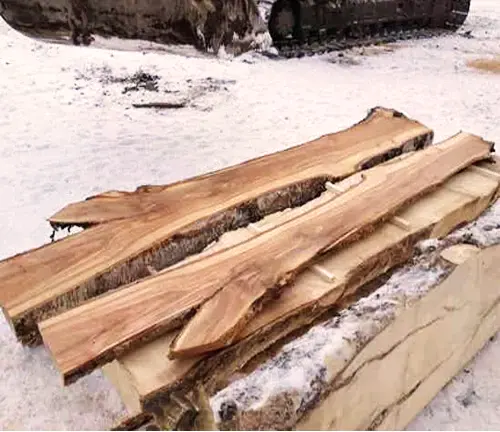
Grain/Texture
The wood’s grain pattern is predominantly straight, providing a classic and timeless look to finished products. Additionally, River Birch occasionally exhibits captivating curly or wavy figuring, bestowing an elegant and artistic touch to woodworking projects. Its medium to coarse texture adds a tactile dimension, complementing the overall aesthetics of the wood.
Rot Resistance
River Birch lumber possesses notable natural resistance to decay, making it well-suited for outdoor applications, such as decking, fencing, and exterior furniture, without requiring chemical treatments. This inherent durability helps ensure that the wood retains its integrity even in various weather conditions, making it an excellent choice for long-lasting projects.
Workability
Woodworkers appreciate the ease with which River Birch can be worked with both hand and machine tools. It responds well to cutting, shaping, and sanding, making it a pleasure to craft intricate designs. However, it’s important to note that the wood’s high silica content can lead to a blunting effect on cutting edges, necessitating regular sharpening and maintenance of tools.
Odor
One of the advantages of River Birch is that it generally lacks any distinct odor, making it suitable for projects where a neutral scent is preferred.
Allergies/Toxicity
River Birch is generally considered non-toxic, and there have been no specific reports of allergic reactions related to this wood. However, as with any woodworking material, some individuals may experience skin irritation when in direct contact with the wood dust or shavings. Proper protective measures, such as wearing a dust mask and gloves, are recommended during woodworking to prevent potential irritation.
Pricing/Availability
River Birch lumber is typically available at a moderate price range, making it a cost-effective choice for various woodworking projects. The wood’s availability may vary based on regional factors and local demand, but its widespread distribution ensures it can be sourced in many areas.
Sustainability
River Birch is considered a sustainable option for woodworking due to its relatively fast growth rate and widespread distribution across Eastern and Central United States. Responsible harvesting and forest management practices ensure the continued availability of River Birch lumber for future generations of woodworkers.
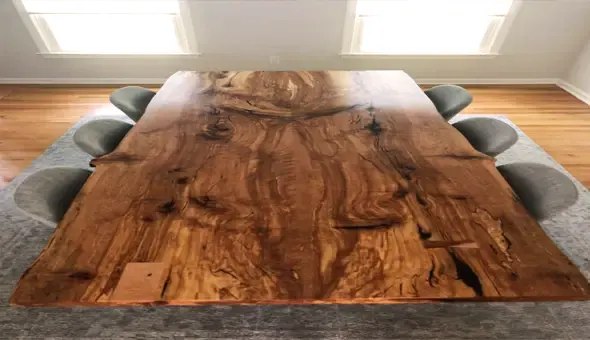
Common Uses
The versatility of River Birch lumber makes it a popular choice for a wide array of woodworking applications. Its natural beauty and strength are well-suited for furniture making, cabinetry, and flooring. It is also frequently used for crafting veneer, plywood, and turned objects, where its attractive grain and ease of workability shine through. Whether in residential or commercial settings, River Birch lends a touch of elegance to any woodworking project.
Frequently Asked Questions
- Is River Birch lumber suitable for outdoor use?
While River Birch is not highly durable against decay, it can be used outdoors with proper treatment and protection. - What finishes work best with River Birch?
Oil-based finishes and water-based polyurethane are commonly used to bring out the wood’s natural beauty. - Can River Birch be stained or painted?
Yes, River Birch can be stained to alter its color or painted to achieve a desired look. - Is River Birch easy to find in local lumberyards?
Availability may vary depending on your location, but it is commonly found in many lumber suppliers’ inventories. - Does River Birch require any special maintenance?
Regular cleaning and refinishing as needed will help maintain its appearance and protect it from wear and tear.
We’re excited to hear from you! Share your personal experiences and thoughts about River Birch Lumber in the comments section below. Your insights have the potential to be a valuable resource, assisting fellow woodworkers and enthusiasts in making informed decisions when it comes to this distinctive wood!



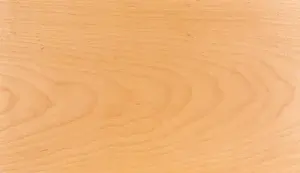


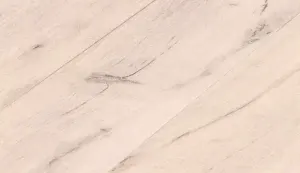
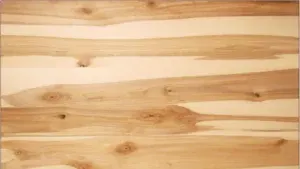


Leave your comment